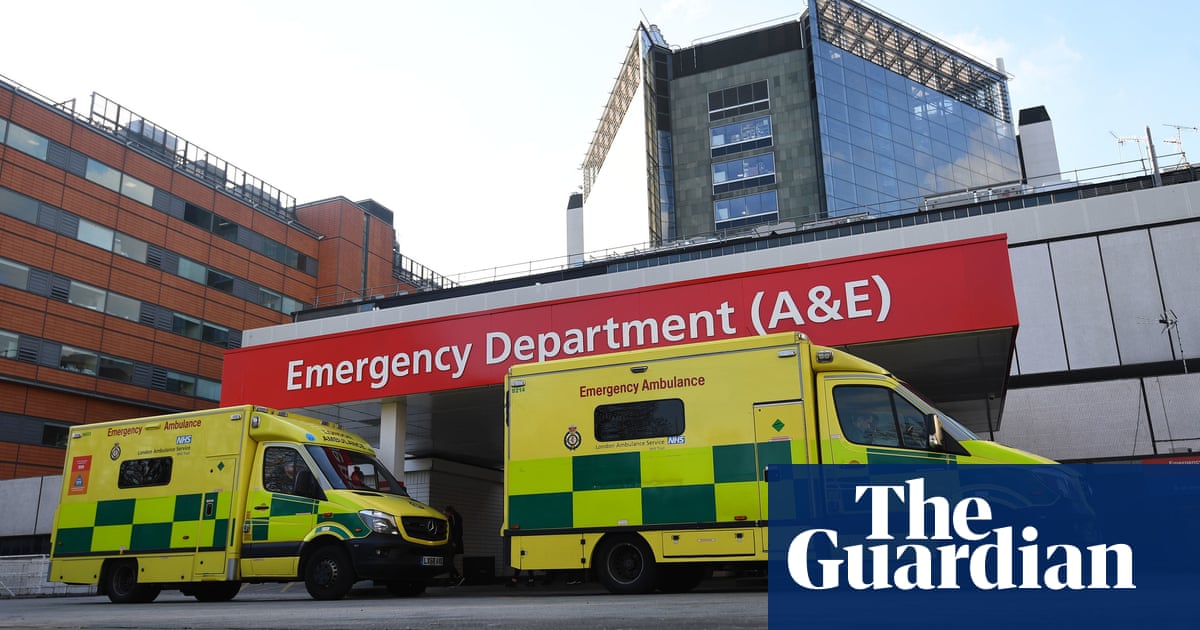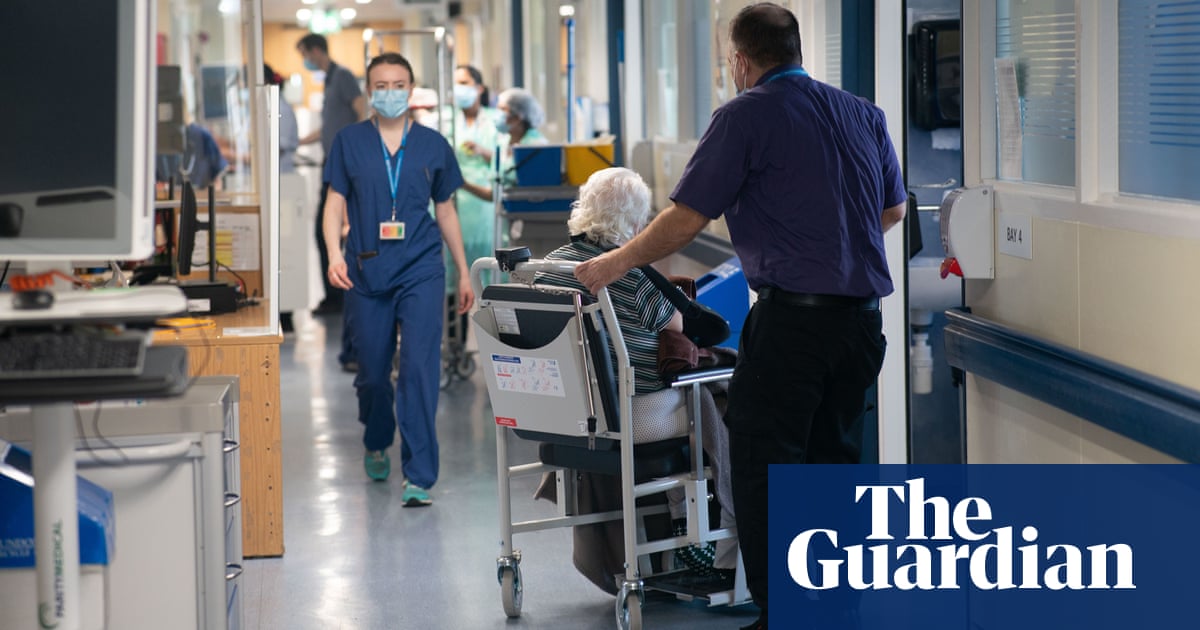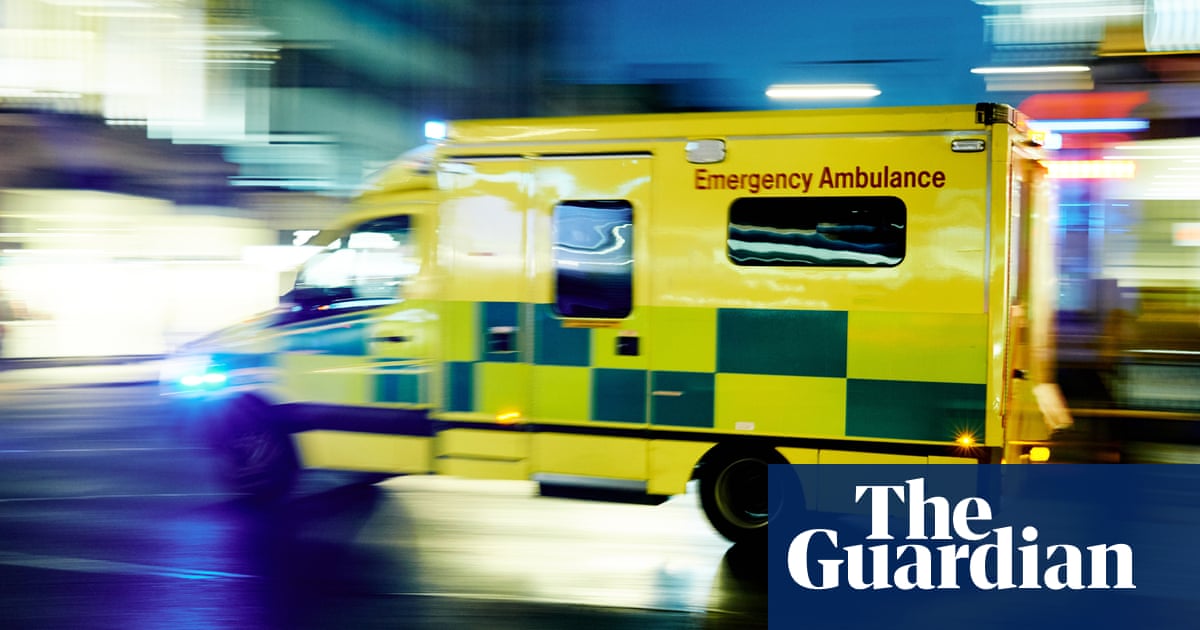
Growing numbers of seriously ill people are making their own way to A&E in what has been called an “Uber ambulance crisis”, because 999 response times are too slow.
A&E doctors said that while they understood that people are acting out of “desperation”, they are taking a serious risk with their health, especially if they are driving themselves.
NHS data obtained by the Liberal Democrats shows that 504,276 people in need of “very urgent emergency care” made their own way to A&E in England during 2023. That was 141,345 (39%) more than the 362,931 who got there without an ambulance in 2019.
There has been a sharp rise in older people taking such action. About 20% (96,000) of those who went to A&E last year on their own or with a companion were aged 65 or older – a figure up by 45% since 2019.
However, the true number of patients making their own way to A&E is almost certainly much higher as only 53 of the 140 NHS trusts from which the Lib Dems sought figures provided a full dataset.
Dr Adrian Boyle, the president of the Royal College of Emergency Medicine of A&E doctors, said: “These figures are shocking. It’s deeply concerning that people, especially older people, have lost faith in the system and are choosing to drive themselves or their loved ones to hospital out of desperation.”
He added: “The health risks are substantial and can result in delayed care for time-critical conditions, and there is a risk to driving while seriously ill. This well-meaning action could in fact have the unintended consequence of actually delaying access to care.”
Guardian readers recounted dramatic stories of deciding to take themselves or a relative to hospital when they could not get an ambulance quickly enough.
A woman in Bristol, who asked to remain anonymous, said: “I fainted at the top of the stairs because my GP was quite dismissive of my low iron issues and I was frequently getting dizzy. I fell down the stairs, breaking my collarbone and hitting my head.
“A bit of collarbone was tenting my skin in my chest and I had blood coming from a cut on my head and had no idea if I was concussed. It was very scary.
“I called 999. I was told that an ambulance wouldn’t come. They said: ‘Well, it seems like you’re OK enough to talk, so make your own way in.’
“My husband drove me in. I couldn’t wear a seatbelt because the belt was pressing on the exposed bone.”
Some trusts have seen what Daisy Cooper, the Lib Dem health spokesperson, called “staggering” rises in seriously ill patients getting to A&E without an ambulance. Such arrivals rose eight-fold at York and Scarborough hospitals over the last five years – up from 808 to 7,669.
Cooper said: “This Conservative government has created an ‘Uber ambulance’ crisis. With ambulance response times soaring, more and more people in need of urgent care are making their own way to A&E rather than risking agonising waits.”
Rory Deighton, the director of the acute network at the NHS Confederation, which represents hospital trusts, said: “It is worrying that so many patients have felt they needed to take the risk of transporting themselves or a loved one to hospital in an emergency.”
The rise in people shows “the immense pressure that the urgent and emergency care system is under, following a decade of underinvestment in NHS capital, estate, workforce and social care”, he said, adding that the NHS must not let long 999 response times become a “new normal”.
The Department of Health and Social Care did not respond directly to the Lib Dems’ findings. A spokesperson said there were 50% more ambulance staff than in 2010, new vehicles in service and that average waits for category 2 emergencies were 13 minutes faster in 2023-24 than the year before.
“We are committed to ensuring people get the emergency care they need and urge anyone in need of an ambulance to call 999,” they said.












